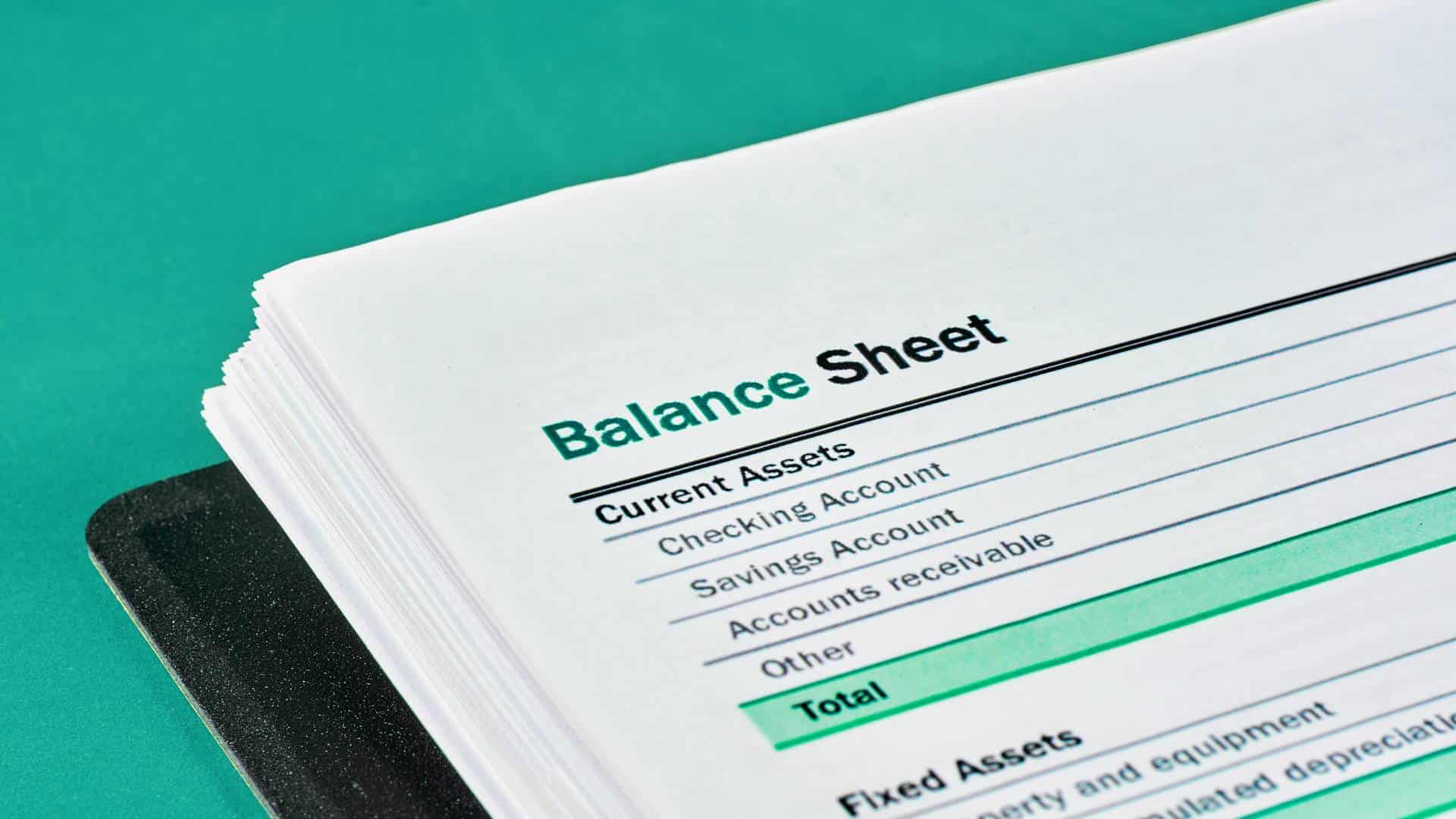Enterprise Resource Planning (ERP) systems are supposed to streamline operations, improve visibility, and bring efficiency to every corner of your business. Yet ask around, and it won’t take long before you hear horror stories of ERP projects that went over budget, dragged on for years, or failed outright.
Why do so many ERP implementations fall short? In my experience, it usually comes down to just two reasons.
1. Poor Configuration and Implementation
Bottom line: An ERP is only as good as the way it’s set up. Too often, companies rush into implementation without first tailoring the system to their unique workflows. Out-of-the-box functionality may look fine in demos, but without careful configuration, it won’t match how your business actually operates.
Cutting corners on implementation partners, failing to test thoroughly, or skipping the fine-tuning can all lead to a system that frustrates users instead of empowering them.
The fix: Choose an implementation team that takes the time to understand your processes. Insist on proper testing, phased rollouts, and ongoing support so the system actually does the specific things that you need it to do.
2. Lack of Training and User Adoption
The second reason ERP projects fail is even more common: not enough investment in training. You can have the best possible system and make sure it’s 100 percent aligned to your needs… but if your team doesn’t know how to use it – or worse, resists it – it won’t add value.
Ironically, this problem often mirrors the issues with the old ERP system that the new one was likely meant to replace: limited user knowledge, inconsistent use, and frustration that leads to workarounds outside the system.
The fix: Prioritize change management and training from the start. This means budgeting as much for user preparation as you do for the technology itself, and making sure employees understand not just how to use the system, but why it matters to the business.
So, What’s the ERP Takeaway?
ERP projects are big investments, and the risks of failure are real. But you don’t have to let your new ERP become just another legacy system waiting to be replaced.
The root causes of ERP failure are rarely mysterious. Get configuration right and commit to proper training, and you will dramatically improve your odds of success. If that happens, the ERP can become the backbone of your company’s growth for years to come.








